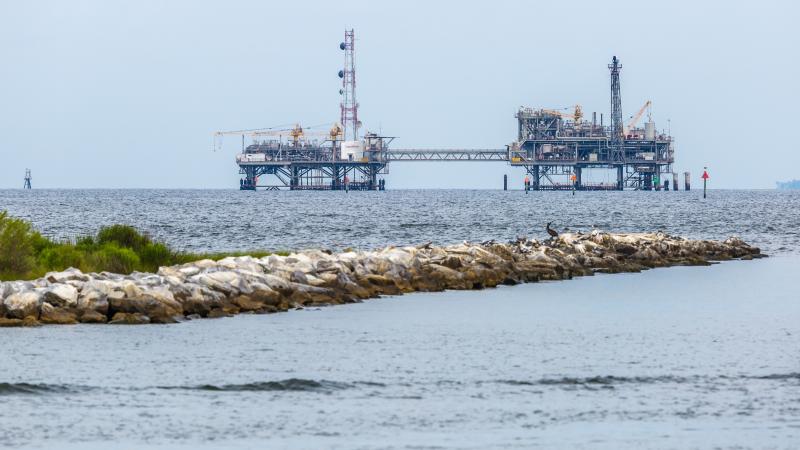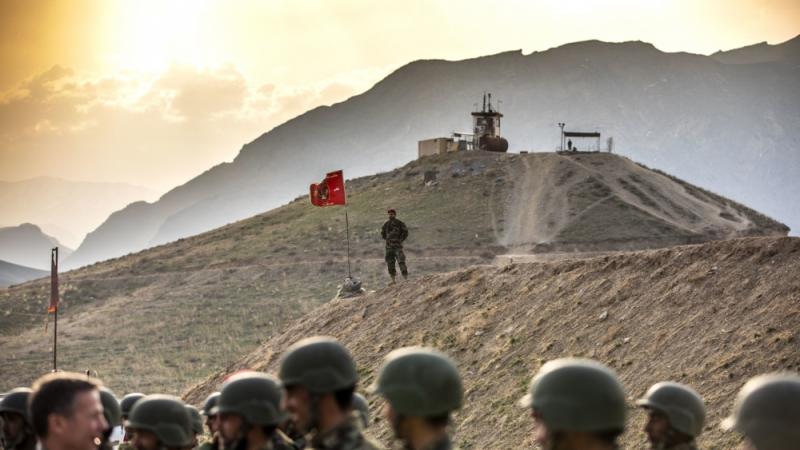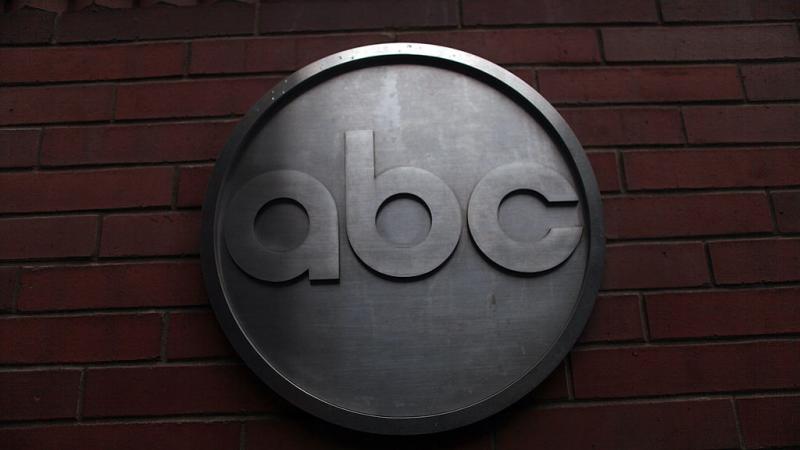Trump blocked Biden-era plan to remove Snake River dams, and he may have prevented an eco-disaster
If the experiences of those in northern California living along the Klamath River are any indication, Trump is right that a dam-removal project on the Snake River would cause serious and lasting impacts.
President Donald Trump issued a memorandum last week blocking an effort that was underway during the Biden-Harris administration to remove four hydroelectric dams in the Snake River.
Trump’s memorandum revokes a directive from the previous administration, which Trump described as an effort by “radical environmentalism” to raise the “equitable treatment for fish” above that of human flourishing.
“The negative impacts from these reckless acts, if completed, would be devastating for the region, and there would be no viable approach to replace the low-cost, baseload energy supplied,” Trump stated in the memo.
If the experiences of those in northern California living along the Klamath River are any indication, Trump is right that a dam-removal project on the Snake River would cause serious and lasting impacts.
Bad outcomes of dam removal in the past
Last year, four dams near the Klamath River near the Oregon-California border were removed, and people living in communities along the river tell Just the News that the sediment that flooded the river has turned the Klamath into a muddy waterway. While proponents of dam removal say it helps salmon populations, the Klamath River dam removal has decimated fish populations, ruined fishing tourism, and may impact agriculture.
The worst part, they say, is that all the problems were known long before the removals were carried out. Opponents of the project fought for years to stop it, but the environmentalists who supported the project had more resources and ultimately succeeded in getting what they wanted.
“We’re a rural community, and we had to have bake sales and auctions to raise money to fight this. And we just didn’t have the funding to be able to fight people coming from all over the globe, essentially, to make this happen,” Richard Marshall, a resident of Fort Jones, California, told Just the News.
Years in the making
In 2010, a group of federal and state agencies, Tribal governments, counties and environmental organizations signed the Klamath Hydroelectric Settlement Agreement, which laid out a process to remove the four dams. The goal was to restore natural fish production and establish water and power supplies in support of agriculture and communities.
The agreement formed the Klamath River Renewal Corporation (KRRC), a nonprofit organization that oversaw the dams’ removal. In 2018, KRRC submitted a 2,300 page document called the “Definite Plan for the Lower Klamath Project” to the Federal Energy Regulatory Commission (FERC).
By that point, people living in Siskiyou County, California, through which the river runs, began to object to the plan. Lawyers for the county government wrote to then-FERC Chairman Kevin McIntyre and Secretary Kimberly Bose to explain that the county had on multiple occasions expressed concerns about “the potential impacts of dam removal on imperiled species, water quality, and other health of the Klamath River ecosystem, as well as the socioeconomic impacts on the local community.” The “Definite Plan,” the lawyers told FERC, failed to address any of these concerns.
Among the issues the lawyers raised was their doubt that KRRC is “financially, legally, and technically qualified to effectuate dam removal.” The project, according to the county’s letter, lacked adequate environmental review, underestimates costs and fails to manage risks. The “Definite Plan” does not address risks to salmon and other aquatic species, animals living around the river, roads, cultural resources and water supplies.
In 2022, 79% of Siskiyou County residents voted against the project, but in May of 2023, the Siskiyou County Board of Supervisors voted to go forward with the dam removal. Along with the state and federal approvals, KRRC was given the green light.
The dam removal began in September 2023 and finished up in October 2024. Just the News reached out to KRRC for their response to the criticisms about the dam-removal outcomes and did not receive a response.
‘Never really about fish’
Marshall, the resident of Fort Jones, said that various environmental groups and the state, including Gov. Gavin Newsom, heavily promoted the project, which overwhelmed the opposition in Siskiyou County.
“They claimed it was to save the fish, but the fact of the matter is, it was never really about fish. It was just about removing the dams,” Marshall said.
He explained that the salmon have three-year cycles. So they go out to the ocean, and return every three years to spawn. The dam removal comes as the salmon would be heading out to the ocean, he said, but the sediment that flooded the waters killed them off.
Al Kutzkey, owner of Kutzkey Guide Service, said he’s been a fishing guide on the river for three generations. His grandfather, he told Just the News, was the first fishing guide on the Klamath. Following the dam removal, he said, the business has been destroyed, and he’s selling real estate.
“My business is gone. It's dead. It's dead, it's gone. I can't fish at all. Water's been so muddy since they pulled the dams out that it's not fishable at all. I don't know if there's even trout left in there,” Kutzkey said, adding that the business in previous years provided 90% of his annual income. He said other fishing guides on the river are likewise seeing their businesses destroyed.
The impacts from the sediment could ripple out across the entire ecosystem. This time of year, Kutzkey said, you can usually see salmon flies, which can be as big as a humming bird, crawling on the banks and trees.
“The trout love them,” Kutzkey said. As they grow, they shed their husks, and Kutzkey said you can usually see thousands of these left behind all along the river. He’s seen only a few husks this year. He hasn’t seen the flies either.
“This time of year is when it should be the prime. They should be up in hundreds and thousands of them everywhere. And I'm not seeing any,” he said.
These insects are a main food source for fish and other insects, so if that food source isn’t there, Kutzkey said, it could indicate problems throughout the river ecosystem. While proponents promised a healthier river, Krutzkey said the only ones who have benefited so far from the project are the contractors and the rafting guides. With the dams removed, the rafters can go a lot further down the river.
Not backing down
Despite all the problems, environmental groups reportedly are not reconsidering whether dam removal is a good idea. Theodora Johnson is a rancher and freelance journalist in Siskiyou County. She’s been writing about the Klamath dam removal project for a decade.
In an article on the Substack publication “American Unwon,” which includes photos of dead fish and wildlife along the Klamath, Johnson called it the “largest, most devastating dam removal experiment in modern history, for both wildlife and residents.” She explains that there’s now talk about removing the last two dams on the river, which would force hundreds of farmers in the Upper Klamath out of business.
“Our region now faces physical and political threats because of dam removal. If not headed off, these threats will destroy our agrarian economy and culture,” Johnson wrote.
Jeff Reynolds, senior editor for Restoration News, told Just the News that it’s unlikely any negative impacts on outdoor recreation, agriculture — or even the fish species they’re allegedly trying to protect — will get environmentalists to reconsider the wisdom of dam removal.
“They're going to do what they always do. They're going to push out the propaganda that it's been an unmitigated success, and that anybody that believes otherwise is pushing fake news and fake science,” Reynolds said.
While Trump has put the brakes on the Snake River dam removal proposal, future administrations looking to present their green credentials may likely do their utmost to revive it.
The Facts Inside Our Reporter's Notebook
Links
- issued a memorandum last week
- underway during the Biden-Harris administration
- revokes a directive from the previous administration
- Klamath Hydroelectric Settlement Agreement
- oversaw the damsâ removal
- Definite Plan for the Lower Klamath Project
- wrote to then-FERC Chairman Kevin McIntyre
- voted to go forward with the dam removal
- finished up in October 2024
- including Gov. Gavin Newsom
- Kutzkey Guide Service
- salmon flies
- American Unwon
- Restoration News














